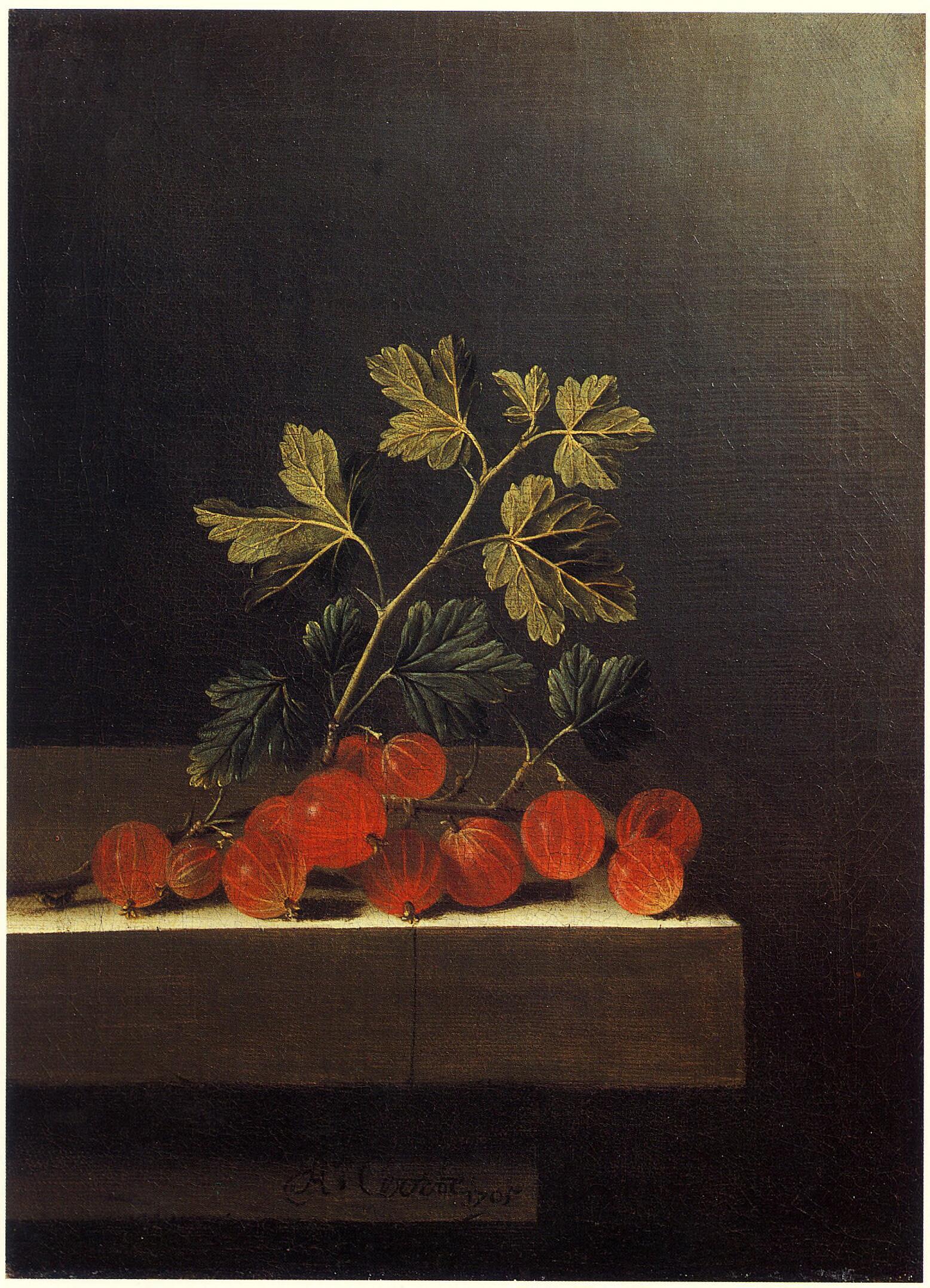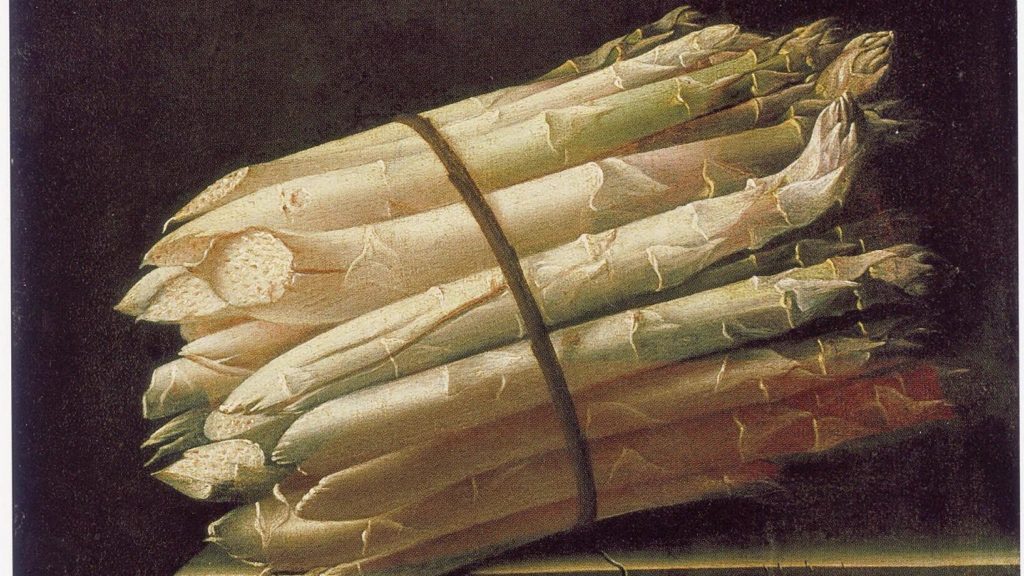From a recent essay in “Salmagundi,” a literary journal published at Skidmore College, titled “Thirteen Ways of Looking at Art,” by William Deresiewicz:
“Art is for increasing life. That, I believe, after all the other purposes receive their due, is really what it’s for — why we revere it, why we give our hearts to it. What do I mean by increasing life?... Being fully present to the world, and feeling without reservation: the two things that making art requires and that experiencing it involves. … Art is one of the only times when life is anything like being in love. Attention, intensity. …”
“Art connects us with another world, which has no place in ours. That world is, to use a term at which my reason recoils, the spirit world. … There is a crack, somewhere. Something flows, from somewhere. We gather around it; we build temples to it… we talk about it endlessly. We may even posit that the thing that our existence is for is art.”
Too bad that Deresiewicz recoils from the world of the spirit but, like many such people, he writes more lucidly and clearly of that world than many of us who claim not to recoil.
The whole essay is well worth reading.
Its thrust dovetailed perfectly with a moment that occurred not long after. I was propped up in bed with “The Upside-Down World: Meeting with the Dutch Masters” (Liveright, $19.69), by art critic Benjamin Moser. Suddenly both arms suddenly shot into the air and I exploded with an exultant YES!
Moser was writing of Adriaen Coorte (1665-1707), a Golden Age Dutch artist I’d only just discovered, in another book about the Dutch masters: “Thunderclap: A Memoir of Life and Art and Sudden Death” (Simon & Schuster, $20.99), by Laura Cumming.
Little is known about many of the artists of this extraordinarily fecund era of Dutch art, and Coorte (1665-1707) is no exception. It’s known that he was poor. He painted “still-lifes” — though the term hardly does him justice — often postcard-sized, often on random pieces of paper (apparently he couldn’t afford canvas). If in his mind the piece passed muster, he might later glue it to a piece of wood.
He often arranged a simple grouping of fruit or vegetables on the same stone plinth that, with a background of depthless black, appears in many of his works.
This was the passage that caught my eye:
“Back in Zeeland, Coorte continued to sharpen his focus, tinkering with his still-lifes with a concentration bordering on the obsessive. He fiddled with what looks like the same bunch of asparagus — zooming in and out, toying with the lighting, adding, and then removing, a few currants; now trying them out in combination with an artichoke, now with a bowl of strawberries — for no less than 18 years.”
Eighteen years! To properly honor the glory, the inner light, of a bunch of asparagus.

On a related note, I had to look up the meaning of “fl.”, given as a range of dates in the gooseberries painting above: “from Latin for ‘flourished:’ denotes a date or period during which a person was known to have been alive or active.”
So who knows how long the painting took, or how long Coorte “fiddled” with his masterpieces.
He seemed hardly concerned, as Moser observes, with marketing. Rather, “his intense focus on the bunch of asparagus suggests that his paintings were primarily private attempts to solve aesthetic problems.”
Either you’re the kind of person who thinks that is an entirely worthy project to which to devote one’s life — or you’re not. If you are, you’re probably also the kind of person who, sensing intuitively that aesthetics and morality are linked, believes that learning how to love one’s neighbor as oneself is also a worthy life project.
Both efforts are slow, both are laborious, both are beset with frustrations, disappointments, and loneliness.
Moser notes that like Bashō, the 17th-century haiku master (quoting Bashō’s translator), Coorte “ ‘sought a vision of eternity in the things that are, by their own very nature, destined to perish.’ Passing time, and therefore death, is the still-life painter’s real subject.”
Death, in fact, may be the real subject of all art. As the great Russian Orthodox Christian filmmaker Andrei Tarkovsky observed, “The allotted function of art is not, as is often assumed, to put across ideas, to propagate thoughts, to serve as an example. The aim of art is to prepare a person for death, to plough and harrow his soul, rendering it capable of turning to good.”
That art is for increasing life while also preparing us for death is a paradox, but not a contradiction in terms.
Rather, as the poet Rainer Maria Rilke noted, “The point of life is to fail at greater and greater things.”

